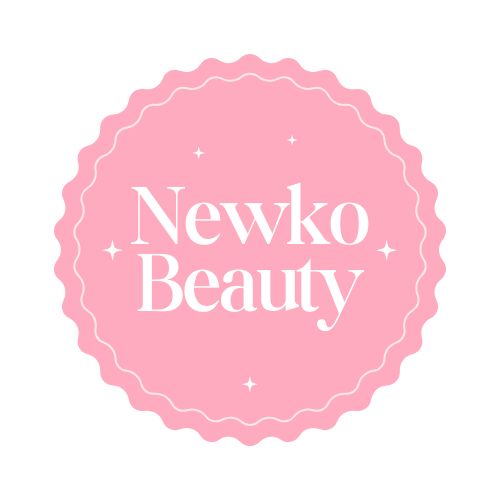
Hearleaf or Centella? What does your skin need?
Share
Centella asiatica (Cica) and Houttuynia cordata (Heartleaf) have been treasured in Asian traditional medicine for centuries. Today, they are two of the most popular botanical ingredients in K-Beauty, praised for their calming, healing, and protective effects on the skin.
But which one is right for you—Centella or Heartleaf? Let’s compare their origins, properties, and skincare benefits so you can decide with confidence.
Centella Asiatica (Cica)
Scientific Name: Centella asiatica
Also Known As: Cica, Tiger Grass, Indian Pennywort, Gotu Kola, Brahmi
Family: Apiaceae (Parsley family)
Appearance: Long-stalked, green, rounded leaves (about 2 cm).
Cultivation: Thrives in temperate and tropical swampy areas.
Traditional Use
Used for centuries in Ayurveda and traditional Asian medicine to treat wounds, burns, and skin disorders. Modern research highlights its potential but notes that more clinical studies are needed.
Skin Benefits
- Wound healing: Stimulates collagen production and supports skin repair.
- Anti-inflammatory: Reduces redness and irritation
- Antioxidant: Defends against environmental stressors.
- Elasticity: Improves firmness and smooths fine lines.
Best For
Sensitive, irritated, or damaged skin. Ideal if you want to strengthen your barrier, soothe inflammation, or target early signs of aging.
Heartleaf (Houttuynia cordata)
Scientific Name: Houttuynia cordata
Also Known As: Fish mint, Rainbow plant, Chameleon plant, Fish wort, Chinese lizard tail
Family: Saururaceae (Lizard’s-tail family)
Appearance: Heart-shaped green leaves, 4–9 cm long.
Cultivation: Grows in moist to wet soil.
Traditional Use
Widely used in Traditional Chinese Medicine for detoxification and inflammation. While promising, scientific evidence remains limited.
Skin Benefits
- Antibacterial: Helps fight acne-causing bacteria.
- Anti-inflammatory: Soothes breakouts and redness.
- Antioxidant: Protects skin from free radicals.
- Brightening: Supports a clearer, more even complexion.
Best For
Oily, combination, or acne-prone skin. Perfect if you struggle with breakouts or excess sebum.
Centella vs Heartleaf: How to Choose
| Concern | Best Choice |
|---|---|
| Redness from sensitivity | Centella Asiatica |
| Acne & oil control | Heartleaf |
| Barrier repair | Centella Asiatica |
| Brightening dull skin | Heartleaf |
| Anti-aging (collagen support) | Centella Asiatica |
| Combination skin | Heartleaf |
| Dry, sensitive skin | Centella Asiatica |
Pro tip: You don’t have to choose! Many K-beauty routines layer them together—Heartleaf to calm breakouts and balance oil, and Centella to restore the skin barrier and boost long-term resilience.
FAQs
Q: Which is better for calming redness?
A: Both are great, but Centella shines for sensitive skin, while Heartleaf targets acne-related redness.
Q: Which is better for acne-prone skin?
A: Heartleaf, thanks to its antibacterial and sebum-regulating effects.
Q: Which helps with skin barrier repair?
A: Centella, because it stimulates collagen and speeds up healing.
Q: Can I use both together?
A: Yes! They complement each other beautifully in multi-step skincare.
Q: Which is better for anti-aging?
A: Centella, due to its collagen-boosting properties.
Final Thoughts
Centella Asiatica is a go-to for calming, repairing, and anti-aging—especially if your skin is sensitive or damaged. Heartleaf, on the other hand, is a powerhouse for oily and acne-prone skin, helping to soothe breakouts and promote clarity.
Whichever you choose, remember that results vary by individual. Always patch-test and consult with a dermatologist if you have specific skin concerns.
